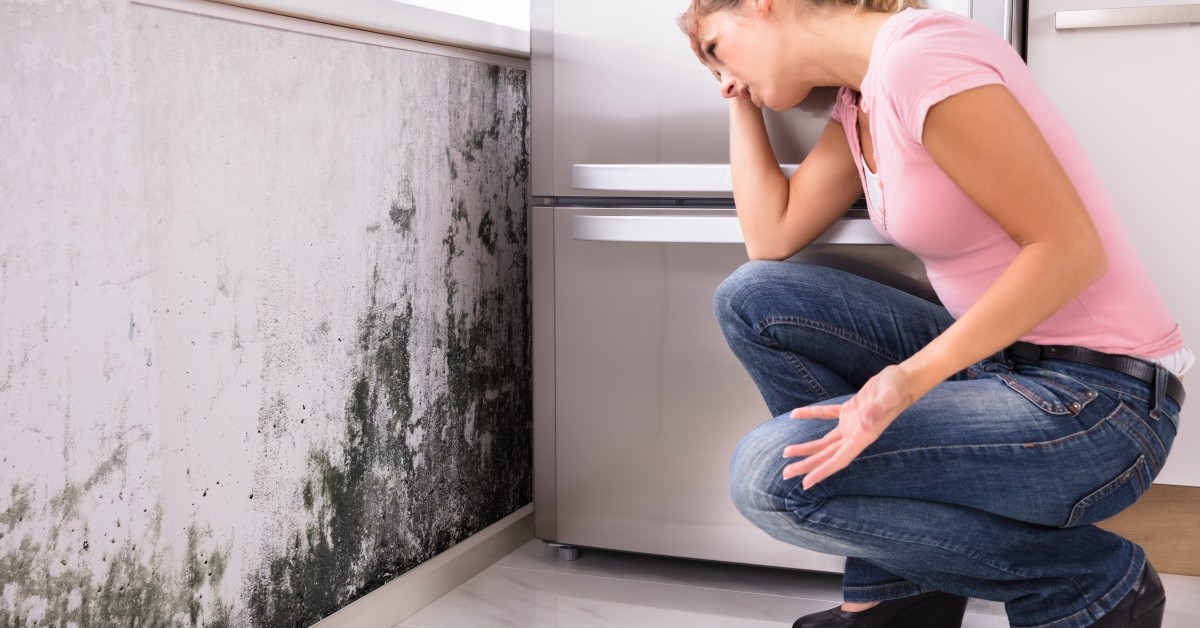Your Ultimate Overview to Article Mold Remediation Strategies
In the results of mold invasion, recognizing exactly how to effectively remove the mold and mildew and prevent its reoccurrence is critical for keeping a healthy interior setting. From selecting the appropriate cleaning and sanitizing techniques to applying techniques for lasting mold and mildew avoidance, each step in the remediation journey plays a crucial duty in ensuring a successful end result.
Comprehending Post-Mold Removal Process
After finishing the mold and mildew removal procedure, it is essential to recognize the post-mold remediation techniques that are needed to guarantee a effective and comprehensive cleaning. Once the mold has been gotten rid of, the next step includes cleaning and disinfecting the impacted areas to avoid any regrowth of mold. This includes utilizing specialized cleansing agents to clean down surface areas and kill any type of continuing to be mold spores. It is important to dry out the area totally to dissuade the development of mold in the future (what to do after mold remediation). Proper ventilation and dehumidification can help in this process.
Moreover, conducting a final examination post-remediation is essential to guarantee that all mold and mildew has been efficiently removed. This inspection should involve an extensive visual check in addition to potentially air tasting to validate the lack of mold spores airborne. If the assessment discloses any kind of remaining mold, additional remediation may be essential. Lastly, informing occupants on safety nets such as managing moisture levels and immediately attending to any water leakages can aid maintain a mold-free atmosphere.
Effective Cleaning Up and Disinfecting Approaches

Stopping Future Mold Development

Value of Appropriate Ventilation
Correct ventilation plays a crucial role in avoiding dampness build-up, a crucial element in mold and mildew development within interior settings. Effective air flow systems help eliminate excess moisture from the air, lowering the opportunities of mold spores finding the moisture they require to germinate and spread. Without ample ventilation, interior areas can become a breeding ground for mold and mildew, leading to prospective health risks and architectural damage.
By making sure proper air circulation, ventilation systems can additionally help in drying wet locations quicker after water damage or flooding events, even more preventing mold and mildew growth. testing air quality after mold remediation. In rooms like bathrooms, basements, cooking areas, and attic rooms where dampness degrees have a tendency to be higher, mounting and keeping efficient air flow systems is important in protecting against mold invasions

Monitoring and Maintenance Tips
Provided the essential duty that appropriate air flow plays in stopping mold and mildew development, it is essential to establish effective monitoring and maintenance suggestions to guarantee the continued capability of ventilation systems. Monitoring moisture levels within the property is additionally important, as high humidity can add to mold growth. By staying aggressive and mindful to the condition of ventilation systems, property owners can efficiently minimize the risk of mold and mildew regrowth and keep a healthy indoor atmosphere.
Conclusion
In final thought, post-mold remediation methods are important for making sure a risk-free and clean atmosphere. Understanding the procedure, carrying out reliable cleansing and sanitizing techniques, preventing future mold growth, maintaining proper air flow, and routine tracking are all important action in the remediation process. By adhering to these standards, you can successfully remove mold and prevent its return, functioning or advertising a healthy living room for all residents.
In the after-effects of mold problem, recognizing how to properly eliminate the mold and stop its reoccurrence is critical for preserving a healthy indoor atmosphere. As soon as the mold and mildew has actually been gotten rid of, the following step includes cleaning and disinfecting the impacted locations to prevent any regrowth of mold - After mold remediation. After getting rid of noticeable mold development, it is vital to cleanse all surfaces in the damaged location to get rid of any type of staying mold and mildew spores. To additionally enhance mold and mildew avoidance measures, it is necessary to pop over to this web-site resolve underlying issues that originally led to mold development.Given the vital role that proper air flow plays in avoiding mold and mildew development, it is vital to establish reliable monitoring and upkeep pointers to ensure the ongoing performance of air flow systems